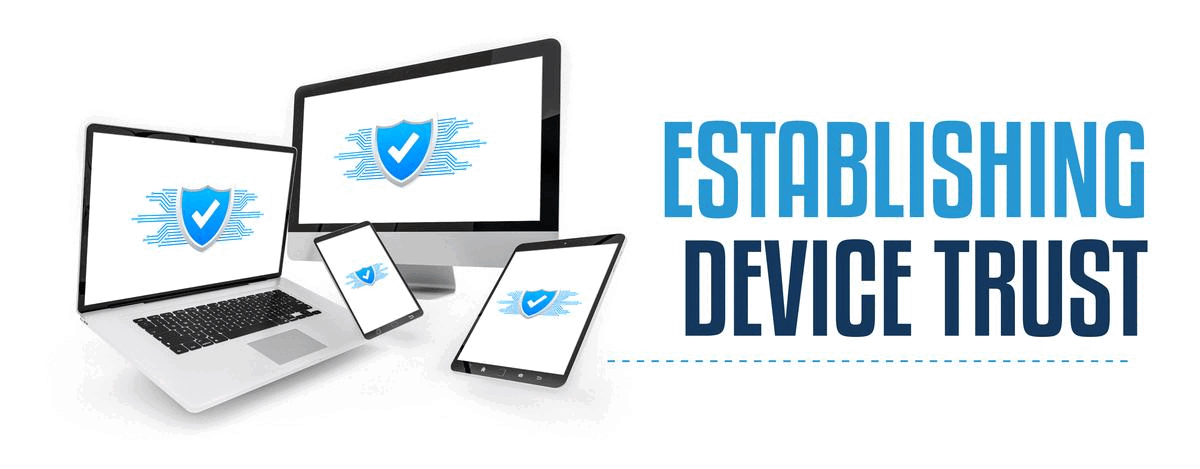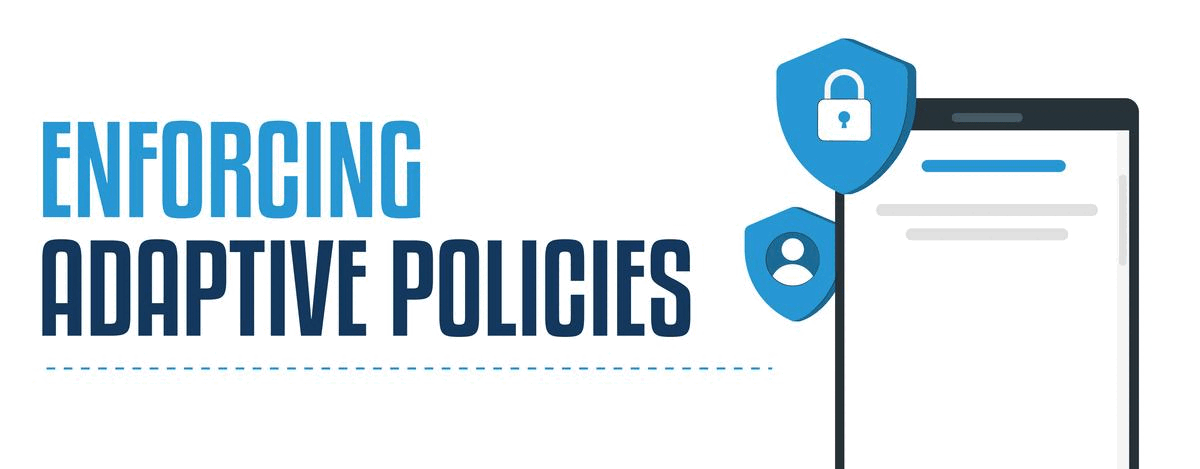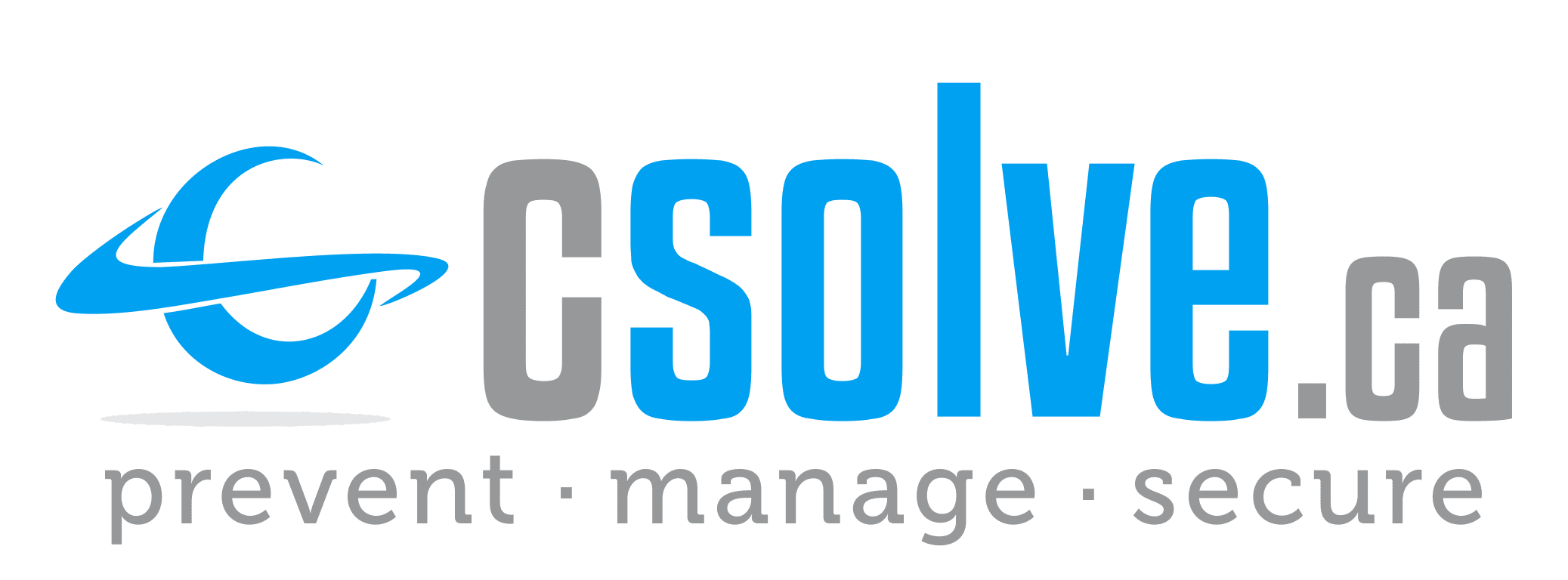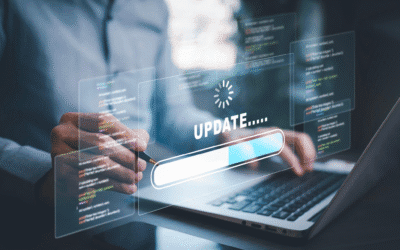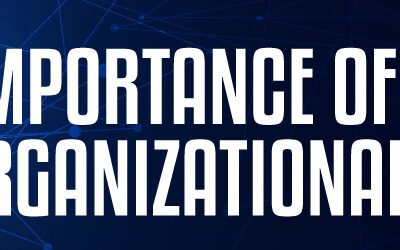

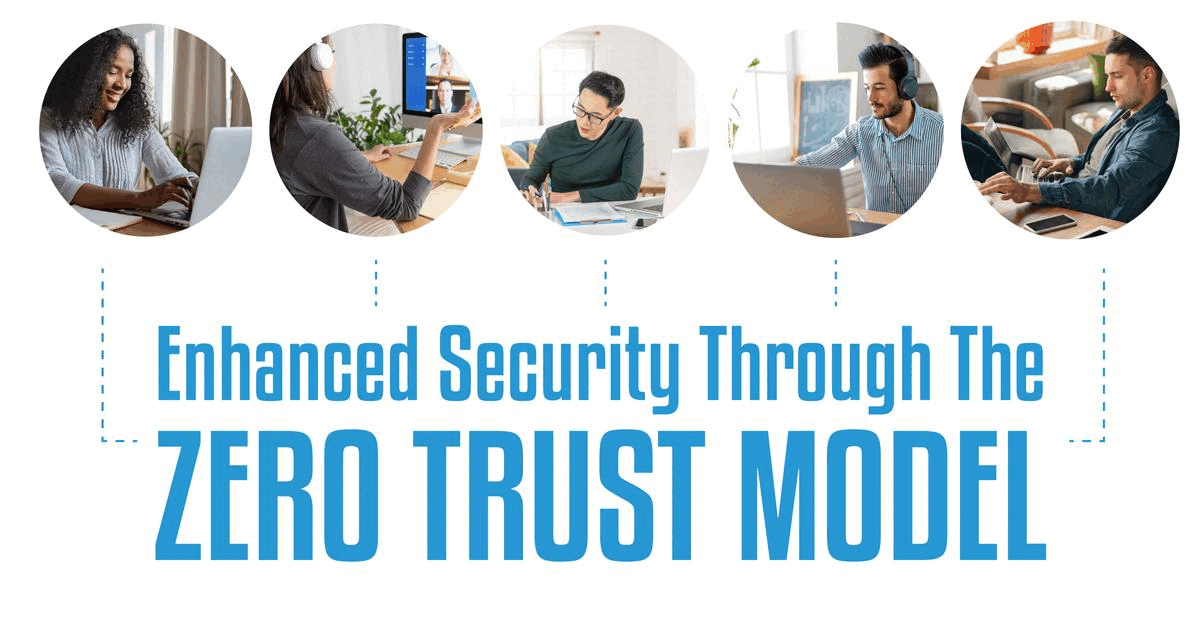
Adopting this model provides you with a balance between security and usability. Security teams can make it harder for attackers to collect what they need (user credentials, network access, and the ability to move laterally), and users can get a consistent and more productive security experience regardless of where they are located, what endpoints they are using, or whether their applications are on-premises or in the cloud. Let’s look at the three main pillars to adopt a Zero Trust model for your workforce:
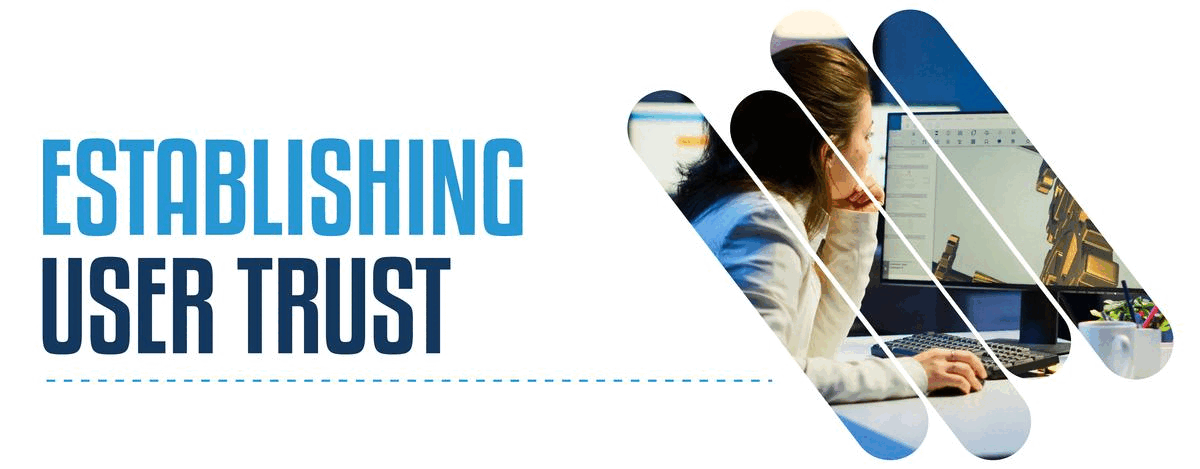
Zero trust requires a user be given access only to the applications they truly need to do their job — and no more. It also requires that user identities be verified using a method like strong multi-factor authentication (or MFA as discussed in our November Newsletter) to establish that they are who they say they are at every single access attempt. Using MFA and establishing user trust is the first step toward building a zero-trust model and protecting against compromised credentials, phishing, and other password-based attacks. MFA adds a layer of security to access a network, application, or database by requiring additional factors to prove the identity of users.
